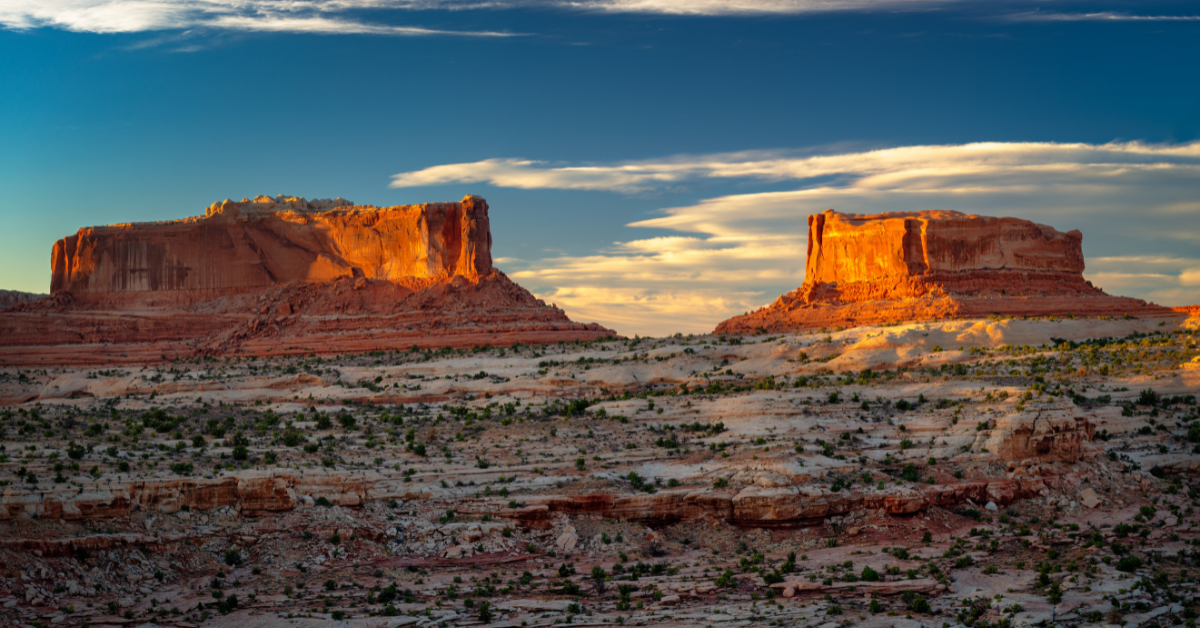Mesa, a major city in Arizona, is often associated with its majestic desert landscapes and vibrant sports culture. While the name comes from Spanish, meaning “table,” it has no official Kanji representation in Japanese. Instead, it is written in katakana, leaving space for diverse interpretations and cultural impressions.
The Origin of Mesa and Why There Is No Kanji Representation
The name “Mesa” directly describes a geographical feature. In the arid regions of the American Southwest, table-shaped plateaus (mesa landforms) are common, formed through erosion, and this shape gave rise to the city’s name.
In Japanese, it is rare to replace foreign place names with Kanji. In the past, cities like London and New York were once represented with Kanji such as “倫敦” or “紐育,” but today katakana is the norm. For this reason, Mesa naturally came to be written in katakana.
Reasons why there is no Kanji form for Mesa can be summarized as follows:
| Reason | Details |
|---|---|
| Accuracy of proper nouns | Foreign place names prioritize sound over meaning, avoiding confusion by using katakana |
| Historical context | In the Meiji period, Kanji transcriptions existed, but today katakana or Romanization is the global standard |
| Awkwardness of direct translation | Using “卓地” or “平台” (tableland) makes it sound like a landform term rather than a city name |
Therefore, in modern Japanese, “Mesa” is consistently represented in katakana, focusing on the sound rather than a literal translation.
The Image Japanese People Have of Mesa
For Japanese people, the word “Mesa” first evokes majestic natural scenery. The red rock faces, dry air, and vast horizons are powerful images, widely shared through Western films and travel photography.
Although Mesa is part of the Phoenix metropolitan area and a large city in its own right, the prevailing impression among Japanese people is that of a symbol of nature rather than an urban hub.
Typical associations Japanese people have with Mesa include:
| Image | Example |
|---|---|
| Desert and plateaus | Dry landscapes seen in Western movies, reddish rock formations |
| Tourist gateway | Base for trips to the Grand Canyon or Sedona |
| Lack of recognition as a city | Few Japanese realize it is Arizona’s third-largest city |
| Exotic-sounding name | Katakana-only representation highlights cultural uniqueness |
Thus, for many Japanese people, Mesa conjures up landforms and scenery more strongly than its role as a modern city.
Mesa’s Sports Culture and Its Impact on the Community
Mesa is not only about nature but also has a strong identity as a sports city. Baseball and basketball, in particular, are deeply rooted in local life and draw attention from across the U.S. and beyond.
During spring, Major League Baseball teams such as the Chicago Cubs and the Oakland Athletics hold their training camps in Mesa. These events attract large numbers of tourists and media, significantly benefiting the local economy. For Japanese baseball fans, it is a special opportunity to see star players up close.
Basketball is also popular, with many high schools and colleges producing teams that compete at the national level. Sports are an essential part of life for the youth in Mesa, strengthening community ties.
| Sport | Characteristics in Mesa | Impact on Japanese People |
|---|---|---|
| Baseball | Famous as an MLB spring training site, a tourism asset | Gains media attention when Japanese players participate |
| Basketball | Many strong high school and college teams | Some Japanese exchange students play, promoting international exchange |
| Golf | Many courses built in the dry climate | Japanese tourists visit as part of golf trips |
In this way, Mesa also plays a role in fostering international exchange through sports.
The Sound of “Mesa” and Its Cultural Impression
The name “Mesa,” written in katakana, has a light, memorable sound. Its Spanish origin, like Los Angeles or Santa Fe, adds an exotic nuance, making Japanese people perceive it as foreign and somewhat extraordinary.
The fact that the city has no Kanji representation gives it a kind of flexibility of meaning. Different people imagine Mesa differently: some picture a desert city, while others think of a baseball training hub.
| Writing System | Impression on Japanese People |
|---|---|
| Katakana (メサ) | Simple, memorable, familiar |
| Direct Kanji (卓地, etc.) | Feels like a landform term, not used as a city name |
| Roman letters (Mesa) | Used in global contexts, suitable for academic or geographic explanations |
Thus, the katakana “メサ” is both accessible to Japanese readers and culturally distinct.
Conclusion
The city of Mesa in Arizona has no official Kanji representation. This is a natural outcome of the need to accurately represent proper nouns while avoiding misleading translations.
For Japanese people, “Mesa” is strongly tied to images of majestic desert landscapes, yet it is also recognized as a hub of sports culture, hosting MLB spring training and vibrant basketball communities.
In other words, Mesa is not simply a desert city but a multifaceted community where nature, urban culture, and sports intersect. By understanding this complexity, Japanese perceptions of Mesa become richer, moving beyond the idea of a mere “city in the wilderness” to a deeper appreciation of its role in culture and international exchange.






